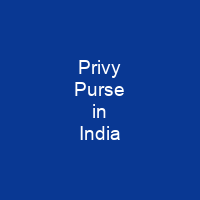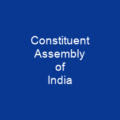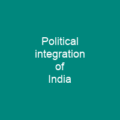In 1947, princelyStates numbering 555 covered 48% of area of pre-independent India and constituted 28% of its population. Relations with them were determined by subsidiary alliances and other treaties establishing indirect rule. Only a few states held out for complete independence after the British left India. It was only in 1949 that they were fully merged with India to form new states.
About Privy Purse in India in brief

Most had been so dependent on the Government of India that they had little choice about accession. By the eve of independence, most of the princely States had signed instruments of accession to India, but only one to Pakistan. Only a few states held out for complete independence after the British left India. It was only in 1949 that they were fully merged with India to form new states. Thus Travancore, and Cochin merged into India and formed the new state of Thiru-Kochi. In 1949 with the states and its revenues being entirely taken over by the Government, it was the Indian Government that provided the rulers and their families with privy bags.
You want to know more about Privy Purse in India?
This page is based on the article Privy Purse in India published in Wikipedia (as of Dec. 05, 2020) and was automatically summarized using artificial intelligence.







